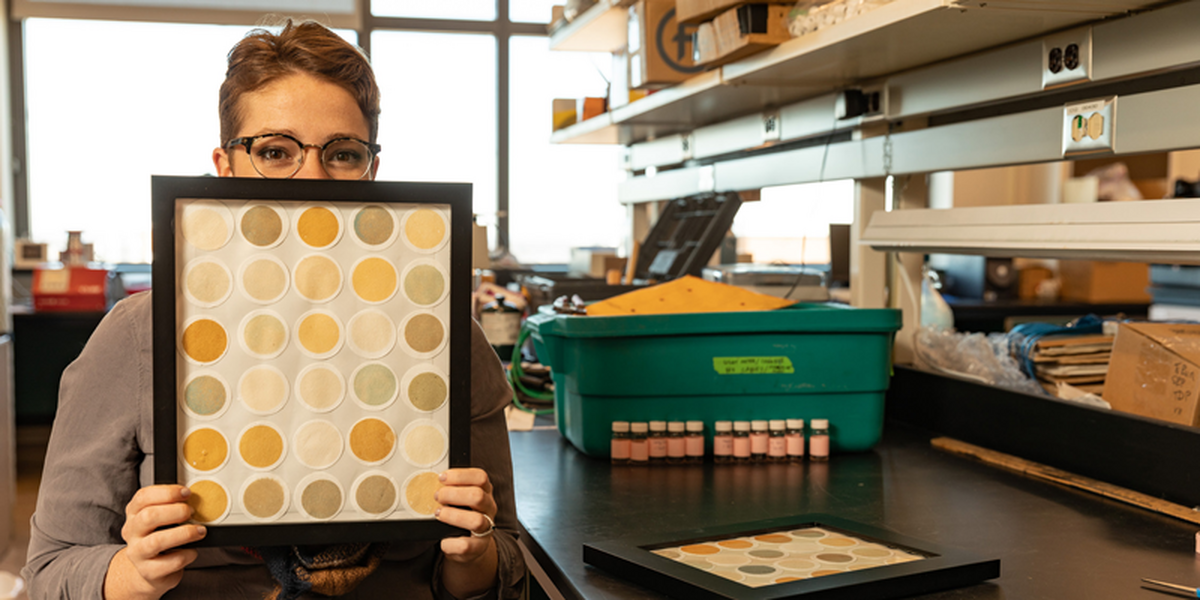
Spending summer hopping around different lakes on a boat might not sound like work for many Minnesotans, but it is for Ph.D. candidate Brianna Loeks-Johnson. During the summers of 2016 and 2017, she spent countless hours on boats equipped with a clipboard, probes, and sampling devices. She ventured out to over 60 lakes across Minnesota, including several in and around Itasca State Park. Catching rides with fellow scientists, educational floats, and occasionally a friendly cabin owner, she sought to assess nitrogen levels.
“By looking at nitrogen saturation in lakes, we can infer what sorts of microbial processes are going on below and how that might affect later water quality and clarity,” says Loeks-Johnson.
During the sampling effort, Loeks-Johnson, a researcher in Ecology, Evolution, and Behavior Professor Jim Cotner’s lab, used a tube-like instrument to measure oxygen, temperature, and other key metrics and a device to capture water at different depths.
Heading back to the lab, researchers analyzed water samples and found that all the lakes surveyed were emitting nitrogen gas. The results, published in the journal Proceedings of the National Academy of Sciences (PNAS), suggest that microbes are removing nitrogen from the lake system. “This blanket finding was a surprise,” says Loeks-Johnson. “When lake managers ask researchers, ‘How can we help improve the quality of lakes?’ We respond ‘Well, for this one particular lake…”
Recommendations are often made on a lake-by-lake basis and researchers have a good reason for doing so. Countless factors, including wind speed, surrounding topography, runoff, and glacial history, all contribute to lake conditions and management decisions. However, this work shows that in some ways, lakes act predictably.
Researchers are currently working to map out the microbial communities and learn what species are “at play” in the different lakes. This will help them figure out what microbes are driving this phenomenon. Microbes — just like all living organisms—require specific nutrients to survive and thrive. Their diet requirements differ depending on the species. Some microbes can convert nitrogen gas into a nitrogen that they can then utilize for growth. Because of this, historically lake managers haven’t focused on nitrogen. Since the 1970s, scientists instead focused on managing phosphorus levels in lakes to thwart harmful algal blooms or poor water quality.
However, this research shows that in some cases nitrogen might be a limiting factor for that growth. Disentangling the microbial community will help researchers get a more complete picture of what’s at play, with a long-term goal of helping lake managers learn about their lakes’ microbial communities and potentially leverage microbes to remove excess nitrogen.
Long days in the lab and running data analysis are worth it for Loeks-Johnson. She relishes days spent on a boat, no matter the weather. For her, the lakes around Itasca hold a special place.
“The lakes are kind of my friends up there because I know what to expect. They can get moody depending on the weather and it feels like home.” –Claire Wilson
This article appeared in Upstream Spring 2021, a regular publication of Itasca Biological Station & Laboratories.